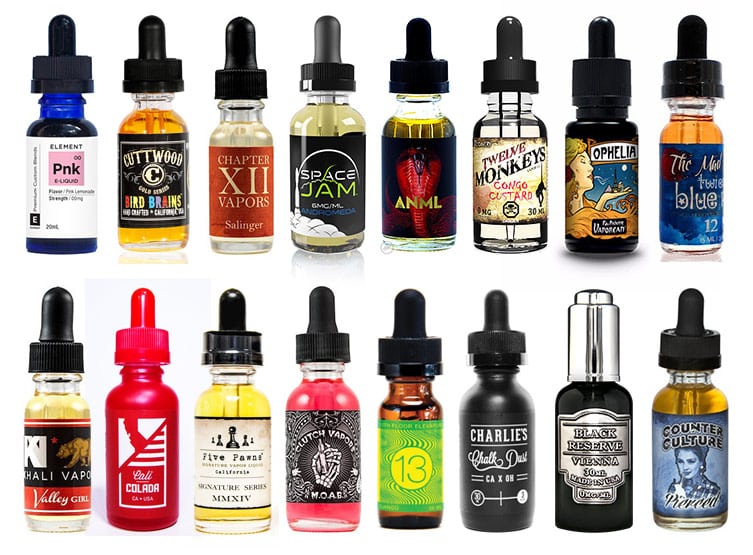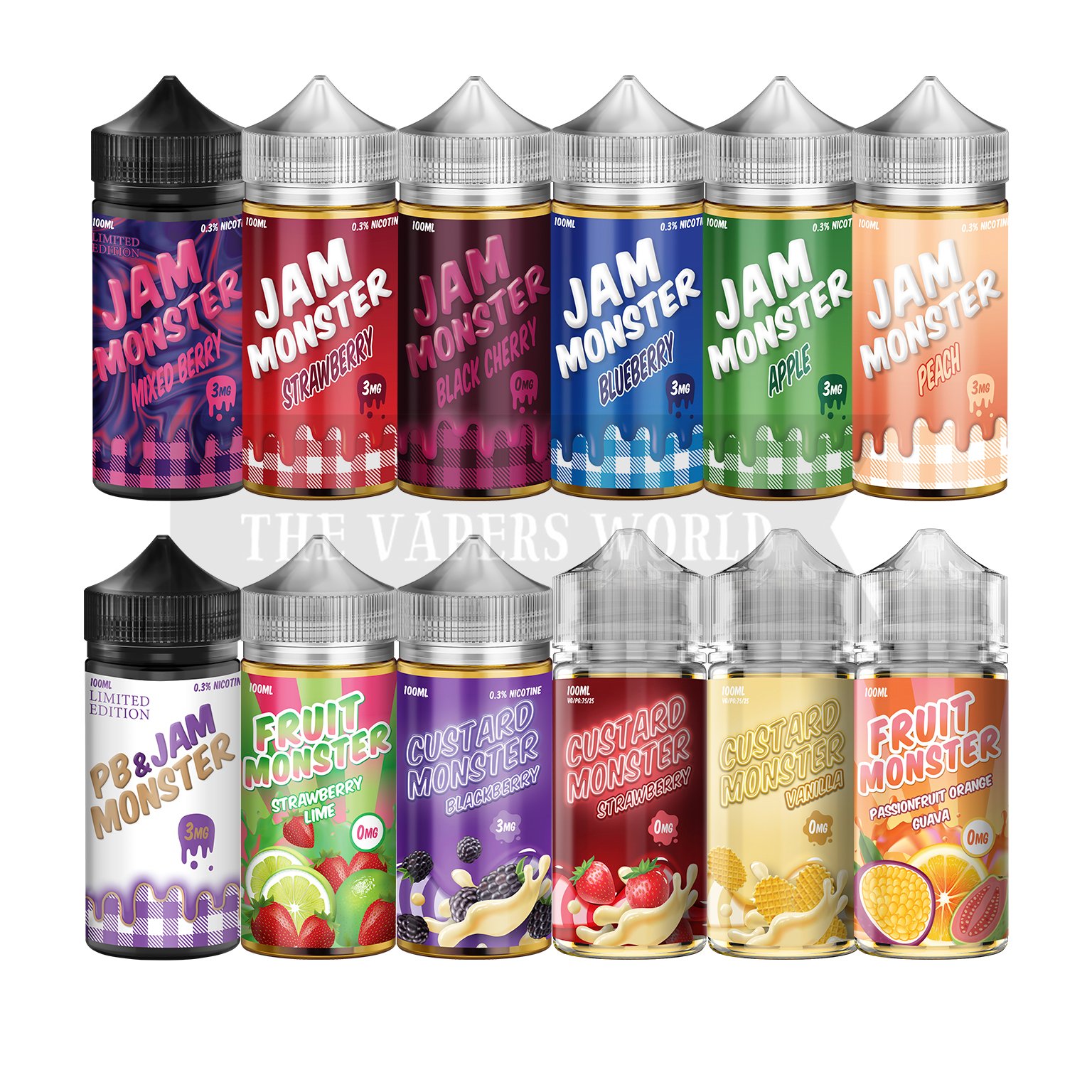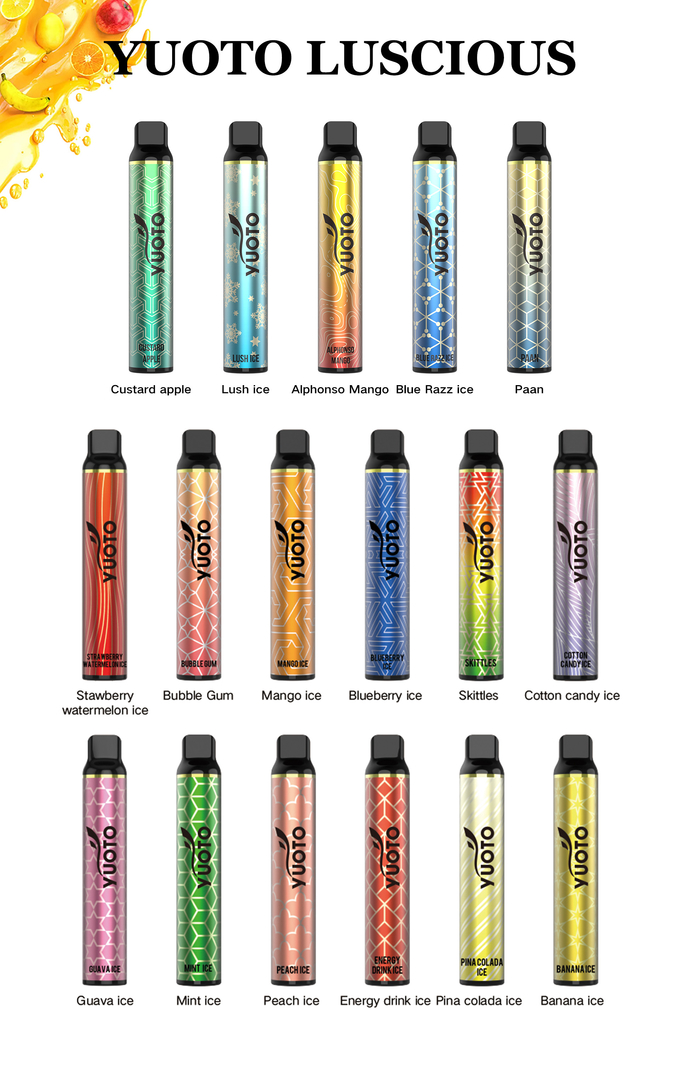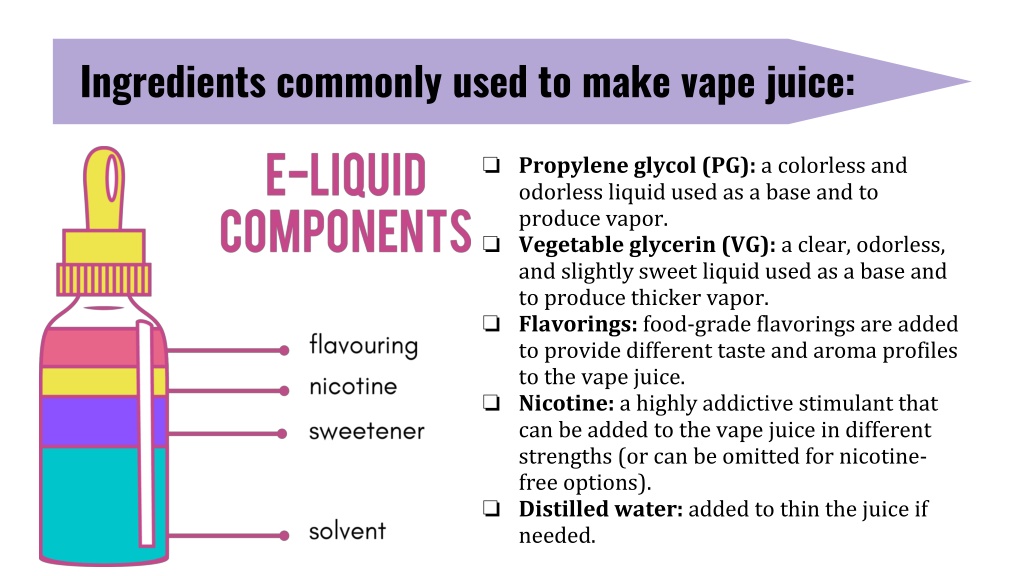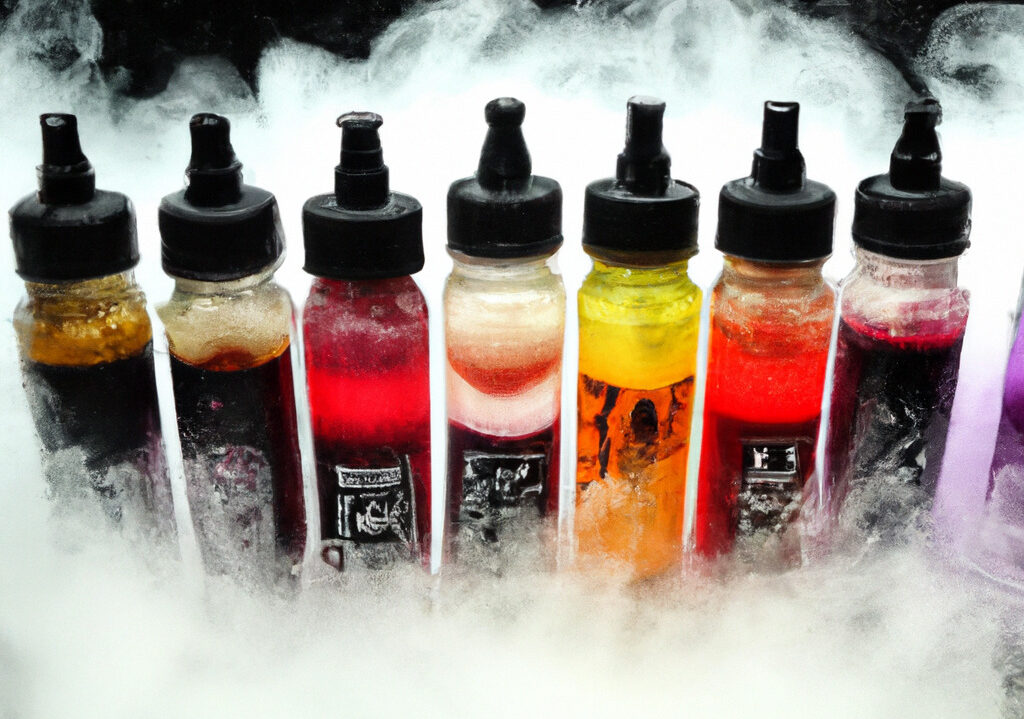List Of Fda Approved Vape Juice

The landscape of vaping in the United States remains shrouded in uncertainty, especially concerning the safety and regulation of e-liquids. While millions vape, only a tiny fraction of the thousands of products on the market have received the green light from the Food and Drug Administration (FDA), leaving consumers to navigate a complex and often opaque market.
The paucity of FDA-approved vape juices raises significant concerns about public health, particularly regarding long-term health effects. This article delves into the details of FDA-approved vaping products, the stringent premarket review process, the implications for consumers and the industry, and the ongoing debate surrounding the role of vaping as a potential harm reduction tool.
FDA's Premarket Tobacco Product Application (PMTA) Process
The FDA's regulatory authority over e-cigarettes stems from the Family Smoking Prevention and Tobacco Control Act of 2009. This Act granted the agency the power to regulate the manufacturing, marketing, and sale of tobacco products, including e-cigarettes and e-liquids.
Manufacturers are required to submit a Premarket Tobacco Product Application (PMTA) for each new tobacco product they wish to market. The PMTA process is rigorous, requiring manufacturers to demonstrate that their product is "appropriate for the protection of public health".
This involves demonstrating that the product is less harmful than traditional cigarettes and that it is unlikely to be used by youth. The FDA reviews the submitted data, which includes information on the product's ingredients, manufacturing process, and potential health effects.
The Short List of FDA-Authorized Vape Products
As of late 2024, the list of FDA-authorized vape products remains extremely limited. RAI Services Company (R.J. Reynolds Vapor Company) has secured authorization for a few of its Vuse Alto e-cigarette products and accompanying tobacco-flavored e-liquids.
These authorizations were granted after the FDA determined that the company’s data demonstrated that the products could benefit adult smokers who switch completely or significantly reduce their cigarette use, while also posing a lower risk to youth.
Specifically, the approved products include Vuse Alto e-cigarette devices and tobacco-flavored cartridges. No flavored e-liquids beyond tobacco flavors have been authorized by the FDA to date.
Implications of Limited FDA Approvals
The scarcity of FDA-approved vape juices has significant implications for both consumers and the vaping industry. For consumers, it creates a situation of uncertainty and potential risk.
The vast majority of e-liquids on the market have not undergone the FDA's rigorous review process, meaning their safety and potential health effects are largely unknown. This lack of transparency makes it difficult for consumers to make informed choices about the products they use.
For the vaping industry, the limited number of approvals has led to consolidation and market disruption. Smaller companies, lacking the resources to navigate the expensive and complex PMTA process, have struggled to compete with larger manufacturers.
The Debate Around Flavored E-Liquids
A major point of contention in the vaping debate revolves around flavored e-liquids. Proponents argue that flavors are crucial for attracting adult smokers to switch from traditional cigarettes, which are far more harmful.
However, opponents argue that flavored e-liquids are particularly appealing to youth and contribute to the rise in teen vaping rates. The FDA has expressed concerns about the role of flavors in youth vaping and has prioritized the review of flavored e-liquid applications.
To date, the FDA has rejected applications for numerous flavored e-liquids, citing insufficient evidence that the products would not appeal to youth. The agency is particularly concerned about fruit, candy, and dessert flavors.
The Role of Vaping as Harm Reduction
The question of whether vaping can serve as a harm reduction tool remains a subject of ongoing debate within the scientific and public health communities. Proponents of vaping as harm reduction argue that e-cigarettes are significantly less harmful than traditional cigarettes.
Switching from smoking to vaping can reduce exposure to many of the harmful chemicals found in cigarette smoke. However, critics argue that vaping is not risk-free and may have its own set of potential health risks, particularly long-term.
Furthermore, they argue that vaping may serve as a gateway to nicotine addiction and, eventually, cigarette smoking, particularly among youth. The FDA's authorization process aims to strike a balance between the potential benefits of vaping as harm reduction and the need to protect public health, particularly among youth.
Looking Ahead: The Future of Vape Regulation
The future of vape regulation in the United States remains uncertain. The FDA is expected to continue its rigorous review of PMTA applications and to take enforcement actions against companies that market unauthorized products.
Further research is needed to fully understand the long-term health effects of vaping and to assess the effectiveness of e-cigarettes as a smoking cessation tool. The ongoing debate surrounding flavored e-liquids is likely to continue, with potential implications for the availability and marketing of these products.
Ultimately, the goal of vape regulation should be to protect public health while also providing adult smokers with access to potentially less harmful alternatives to traditional cigarettes. Finding the right balance will require ongoing scientific research, robust regulatory oversight, and open dialogue among stakeholders.


